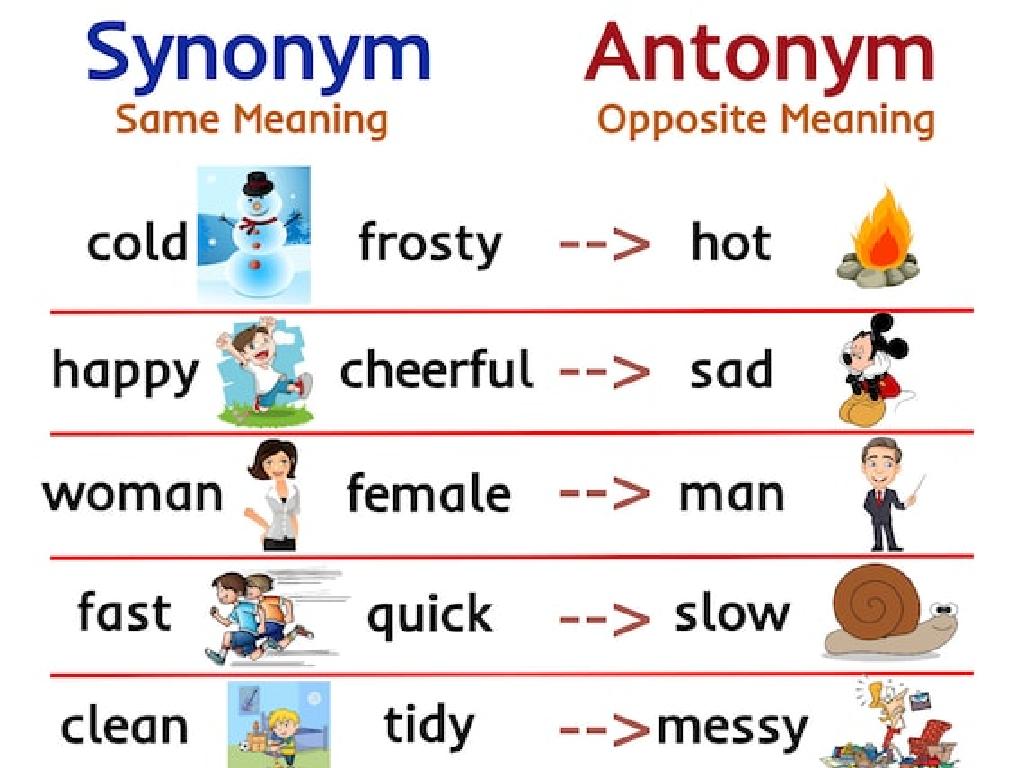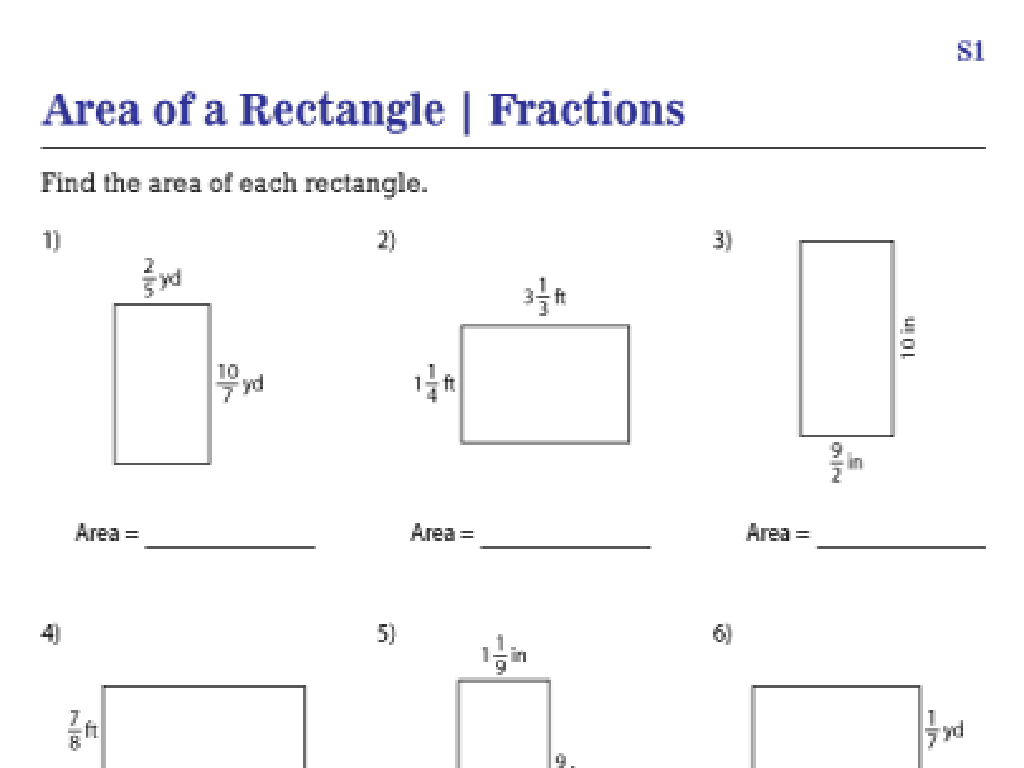Investments And Retirement
Subject: Life skills
Grade: High school
Topic: Personal Finance
Please LOG IN to download the presentation. Access is available to registered users only.
View More Content
Investments and Retirement: Securing Your Future
– Importance of money management
– Investments & Retirement 101
– An overview of how investing can secure a comfortable retirement.
– Early planning benefits
– Starting early can lead to a more secure financial future.
– Compound interest effect
– Interest on investments grows over time, increasing your savings.
|
This slide introduces students to the critical life skill of personal finance, with a focus on investments and retirement. Begin by discussing the importance of managing money effectively for long-term financial health. Explain that today’s topic will cover the basics of investments and retirement planning. Emphasize that beginning to plan for retirement early in one’s career can significantly impact the quality of life during retirement, due to the power of compound interest and the growth of investments over time. Use examples to illustrate how small, consistent investments can grow exponentially, providing financial security for the future.
Understanding Investments
– Define investment
– An investment is an asset acquired to grow wealth over time.
– Explore investment types
– Common types include stocks, bonds, mutual funds, and real estate.
– Risk vs. Return concept
– Higher potential returns usually come with higher risks.
– Balancing risk and return
– Aim for a mix that aligns with your financial goals and risk tolerance.
|
This slide introduces the concept of investment as part of personal finance education. Start by defining investment as the act of allocating resources, usually money, with the expectation of generating an income or profit. Then, discuss the various types of investments such as stocks, bonds, mutual funds, and real estate, providing examples for each. Explain the risk versus return trade-off, emphasizing that while higher returns might be attractive, they often come with increased risk. Encourage students to consider their personal risk tolerance and financial goals when choosing investments. Use examples like a high-risk tech stock versus a stable government bond to illustrate the concept. The goal is to help students understand the basics of investing and the importance of balancing risk and return in planning for their financial future.
The Power of Compound Interest
– Understanding compound interest
– Interest on interest, grows wealth over time
– Compound interest in investments
– Interest calculated on the initial principal and accumulated interest
– Long-term benefits for retirement
– The earlier you invest, the more you gain due to compounding
– Maximizing compound interest
– Start early, reinvest returns, and maintain regular contributions
|
This slide aims to educate high school students on the concept of compound interest and its significance in personal finance, particularly in investments and retirement planning. Compound interest is the interest on a loan or deposit calculated based on both the initial principal and the accumulated interest from previous periods. In the context of investments, this means that returns are reinvested to generate their own earnings, leading to exponential growth over time. Emphasize the importance of starting to invest early to take full advantage of compounding, which can significantly increase the value of retirement savings. Encourage students to think about long-term goals and the discipline required to invest consistently. Provide examples to illustrate how small, regular investments can grow over time due to compound interest.
Understanding Retirement Accounts
– Types of retirement accounts
– Familiarize with 401(k), IRA, Roth IRA
– Early start benefits
– Compound interest grows your savings faster
– Choosing the right account
– Consider fees, taxes, and investment options
– Planning for the future
|
This slide aims to educate high school students on the importance of planning for retirement early in their careers. Begin by explaining the different types of retirement accounts available, such as 401(k)s, traditional IRAs, and Roth IRAs, and the unique features of each. Emphasize the benefits of starting retirement savings early, including the advantage of compound interest over time. Guide students on how to choose the right retirement account by considering factors like fees, tax implications, and investment choices. Encourage them to think long-term and understand that retirement planning is a crucial aspect of personal finance.
Creating a Diversified Investment Portfolio
– Understanding diversification
– Spreading investments across various assets to reduce risk
– Benefits of portfolio diversification
– Minimizes risks and can improve returns
– Diversified investment strategy examples
– Stocks, bonds, mutual funds, and real estate
– How to start diversifying
|
This slide introduces the concept of diversification in the context of personal finance and investment strategy. Diversification is the practice of spreading investments across various asset classes to reduce the overall risk of the portfolio. The benefits include minimizing the impact of poor performance in any single investment. Examples of diversified investment strategies include a mix of stocks, bonds, mutual funds, and real estate. Encourage students to think about diversification not just in terms of types of investments, but also industries and geographic locations. Discuss the importance of starting to invest early and how even small, regular contributions to a diversified portfolio can grow over time due to compound interest. This is a fundamental concept for students learning about investments and retirement planning.
Investment Strategies Through Life Stages
– Strategies for young adults
– Focus on long-term growth, higher risk tolerance, and retirement accounts like Roth IRAs.
– Mid-life investment adjustments
– Assess risk, diversify portfolio, and consider children’s education and mortgage.
– Pre-retirement investment tactics
– Increase contributions to retirement accounts, reduce risk, and plan for healthcare costs.
– Retirement investment strategies
– Shift to income-focused investments, manage withdrawals, and estate planning.
|
This slide aims to educate high school students on the importance of adapting investment strategies at different life stages. Young adults should capitalize on their long-term horizon with growth-oriented investments. As individuals approach mid-life, they should reassess their risk tolerance and diversify their portfolios, considering future expenses like children’s education. Pre-retirement is the time to maximize retirement contributions and start shifting towards less risky assets. During retirement, the focus should be on managing income streams and preserving capital. It’s crucial to instill the concept of financial planning early on, emphasizing that investment is a lifelong journey with adjustments needed at each stage.
Avoiding Common Investment Mistakes
– Risks of emotional investing
– Emotional decisions can lead to risky investments without proper analysis.
– Regular investment reviews
– Periodic reviews ensure alignment with financial goals and risk tolerance.
– Recognizing scams
– Learn to identify red flags and verify investment legitimacy.
– Skepticism of ‘too-good-to-be-true’ schemes
– If it seems too perfect, it likely is. Always research before investing.
|
This slide aims to educate students on the importance of maintaining a rational approach to investing and the dangers of making decisions based on emotions. Highlight the necessity of regular investment reviews to adjust strategies as needed and to stay on track with personal financial goals. Discuss the prevalence of investment scams and the critical thinking required to spot and avoid them. Emphasize the importance of skepticism and due diligence when confronted with investment opportunities that seem too good to be true, as these are often indicative of fraudulent schemes. Provide examples of common scams and encourage students to research and ask questions before committing to any financial decisions.
Class Activity: Investment Planning Game
– Divide into groups for simulation
– Each group creates an investment plan
– Present plans and reasoning to class
– Discuss various strategies and results
|
This interactive class activity is designed to help students understand the basics of investment planning. Divide the class into small groups and provide each with a hypothetical budget to invest. They should consider factors like risk tolerance, investment goals, and time horizon. Each group will then present their investment strategy to the class, explaining their choices and the reasoning behind them. After all presentations, lead a class discussion to compare the different investment approaches and their potential outcomes. This will help students grasp the diversity in investment strategies and the importance of planning according to individual goals and risk profiles. Possible activities include investing in stocks, bonds, mutual funds, or real estate, with each group given a different scenario to work with.






